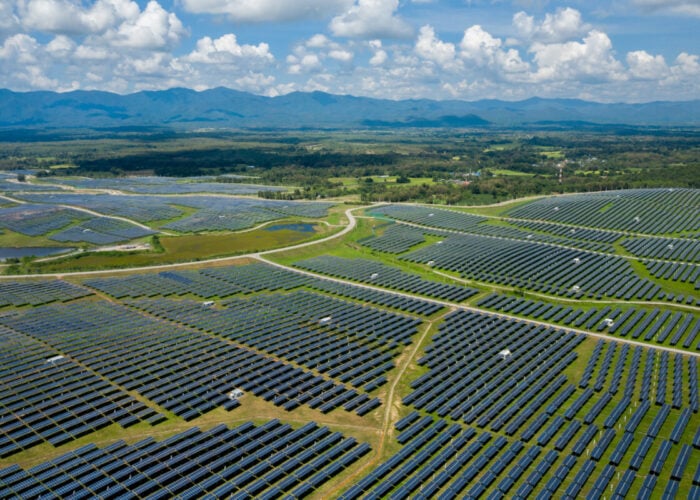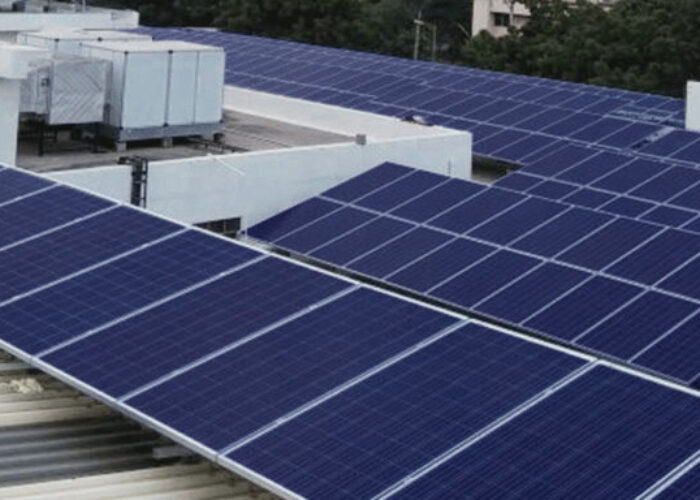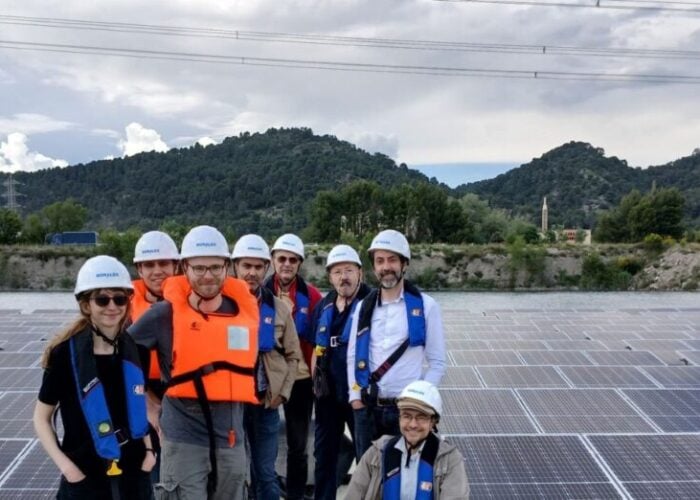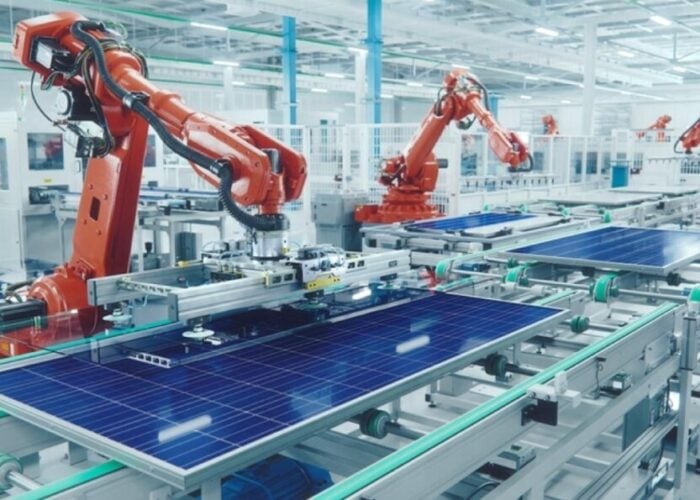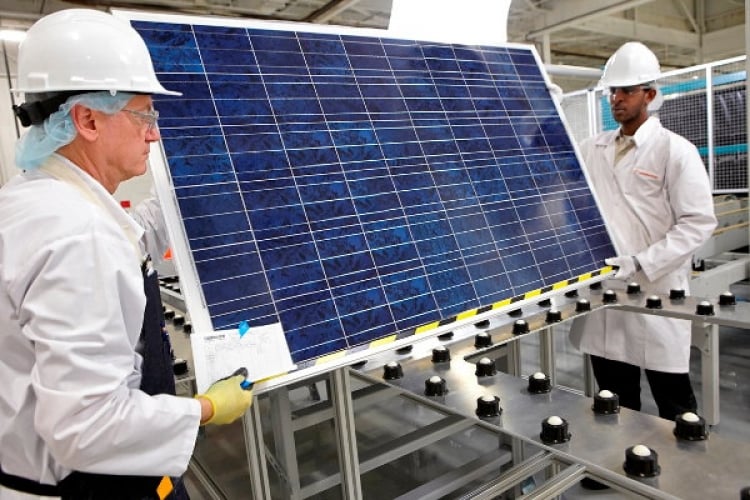
Canadian Solar has unveiled a new PV manufacturing strategy, bringing more upstream capacity inhouse to reduce its exposure to pricing volatility.
Reporting its Q1 2022 results today, Canadian Solar revealed that it intends to develop tens of gigawatts of solar ingot, wafer and cell capacity in the second half of this year at a total capex cost of around US$850 million.
Unlock unlimited access for 12 whole months of distinctive global analysis
Photovoltaics International is now included.
- Regular insight and analysis of the industry’s biggest developments
- In-depth interviews with the industry’s leading figures
- Unlimited digital access to the PV Tech Power journal catalogue
- Unlimited digital access to the Photovoltaics International journal catalogue
- Access to more than 1,000 technical papers
- Discounts on Solar Media’s portfolio of events, in-person and virtual
Shawn Qu, chief executive at Canadian Solar, said the more vertically integrated structure – or ‘trapezoidal’, as Qu described it on a conference call with analysts following the results disclosure, rather than the pyramid structure it has maintained historically – would give the company’s manufacturing division CSI Solar more control over costs, technology and product quality.
“This will meaningfully increase the vertical integration level of our manufacturing capacity and solidify our global leadership position. In this process, we expect to gain better control of cost, technology and product quality,” Qu said.
Last November, when the company reported its Q3 2021 results, Canadian Solar stated that its intended manufacturing capacities at the end of 2022 were to be 10.1GW of ingots, 11.5GW of wafers, 13.9GW of solar cells and 32GW of modules. In particular the business said it was halting plans to increase its solar cell capacity, fearing overcapacity in the short term.
Those capacities have now been amended, reflecting a trend towards a more vertically integrated future for its manufacturing output while responding to supply and demand trends.
CSI Solar now expects to finish the year with 20.4GW of ingot capacity, 20GW of wafer capacity, 19.8GW of cell manufacturing output and, unchanged from its initial expectations, 32GW of module assembly capacity.
Around 4GW of module assembly capacity is expected to be added in H1 this year, while all other capacity expansions – 15GW of solar ingot capacity, 9.5GW of wafering capacity and 5.9GW of solar cell capacity – are to be added in the second half of 2022. Qu confirmed all added capacity will be based in Asia, split between facilities in China and Thailand.
Speaking to analysts, Yan Zhuang, president at CSI Solar, said the company considered that the solar industry had reached a stage where it is experiencing sustainable growth but required stability in order to succeed.
“Stability is becoming instrumentally important to our business to compete with our peers,” Zhuang said, adding that, with margins getting thinner, businesses can no longer speculate with investments.
Shipments scrape into guidance as US imports continue
Canadian Solar today confirmed Q1 module shipments to have stood at 3.63GW, just within its guidance of 3.6 – 3.8GW for the quarter.
Revenue also came in just within the company’s previously stated guidance at US$1.25 billion, however that figure was up 15% year-on-year, reflecting the broader industry trend for increasing prices.
The company’s gross margin of 14.5% – also just within its guidance of 14.5 – 15.5% – was up by more than five percentage points year-on-year.
Perhaps most interestingly from Canadian Solar’s shipments figure is the news that the manufacturer is continuing to ship to the US market in spite of the risk posed by the Department of Commerce investigation into alleged circumvention of anti-dumping tariffs. Canadian Solar was last week named as one of eight manufacturers to have received a mandatory questionnaire from the DOC for its activities in Thailand.
Canadian Solar named the US as one of its leading five markets for the opening quarter of 2022 and its geographic split for module shipments remained unchanged quarterly, 39% still shipping to the Americas.
Zhuang confirmed to analysts that Canadian Solar is still shipping to the US, albeit under different contractual conditions to reflect the inherent risks. The business is now shipping to US customers at a premium to cover the risk, and Canadian Solar is also retaining the right to terminate shipments in case policy “goes out of certain lines”, Zhuang said, with the rates at which tariffs are to be set still unclear.
Canadian Solar reiterated its guidance for the full year, forecasting Q2 2022 shipments to stand within a range of 4.9 – 5.1GW, revenues to come in at US$2.2 – 2.3 billion and gross margin to be unchanged at 14.5 – 15.5%.
More to follow…



